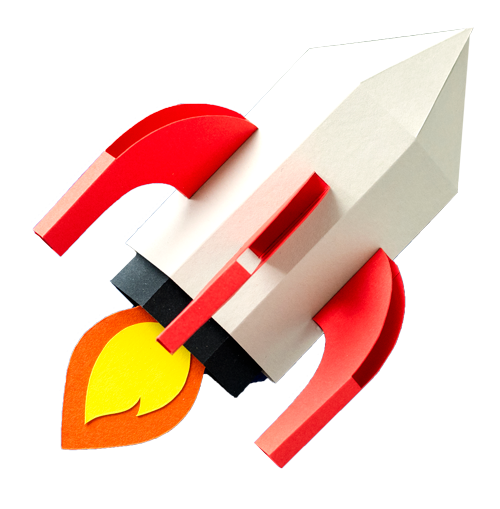There are alternatives to jQuery. As web development evolves, developers are constantly seeking modern, efficient, and flexible solutions. While jQuery has been a popular choice in the past, it may not meet the needs of today's projects. In this article, we'll explore the top five alternatives to jQuery for modern web development.
1. React Native as an alternative to jQuery
React Native is a popular, open-source framework developed by Facebook for building native mobile apps using JavaScript and React. Key features include:
- Learn Once, Write Anywhere: Use the same React codebase for both iOS and Android platforms.
- Performance: Utilize native components for better performance compared to hybrid frameworks.
- Hot Reloading: Instantly see changes in the app without recompiling the entire codebase.
- Community: Leverage a large and active community for support, plugins, and third-party libraries.
Learn more about the advantages of hiring a freelance mobile developer to leverage the power of React Native.
2. Flutter as an alternative to jQuery
Flutter is a UI toolkit developed by Google for creating natively compiled applications for mobile, web, and desktop from a single codebase. Key benefits include:
- Rapid Development: Utilize the “hot reload” feature to see changes instantly during development.
- Native Performance: Achieve high performance with compiled native code and platform-specific optimizations.
- Customizable Widgets: Access a rich set of pre-built widgets or create your own for a consistent, responsive UI.
- Extensive Documentation: Take advantage of detailed documentation, tutorials, and a supportive community.
3. Angular
Angular is a widely-used, full-featured framework alternative to jQuery developed by Google for building web, mobile, and desktop applications. Notable features include:
- Component-based Architecture: Build modular, reusable, and testable components for scalable applications.
- Two-way Data Binding: Simplify synchronization between model and view with automatic updates.
- Dependency Injection: Reduce code complexity and improve testability by injecting dependencies into components.
- Comprehensive Tooling: Utilize an extensive set of tools and libraries for development, testing, and deployment.
Check out our article on efficient design for more tips on building user-friendly applications.
4. Vue.js as an alternative to jQuery
Vue.js is a progressive JavaScript framework for building user interfaces. Its main advantages include:
- Ease of Use: Learn and integrate Vue.js easily into your project with minimal setup.
- Reactivity: Benefit from a simple reactivity system that keeps the UI in sync with the underlying data.
- Performance: Experience fast initial rendering and efficient updates through a virtual DOM
- Flexibility: Utilize Vue.js as a simple view layer or scale it up for larger applications with optional libraries.
Learn more about building screens in Xamarin: XAML vs. C# and how they compare to frameworks like Vue.js.
5. Ionic
Ionic is a popular open-source UI toolkit and effective alternative to jQuery for building high-quality, cross-platform mobile and web applications. Key benefits of Ionic include:
- Cross-platform Compatibility: Develop apps for iOS, Android, and the web using a single codebase.
- Highly Customizable: Design beautiful and performant user interfaces with pre-built UI components.
- Strong Ecosystem: Benefit from a wide range of integrations with popular development tools and platforms.
- Large Community: Access a wealth of resources, support, and third-party plugins from the extensive Ionic community.
Find out more about the advantages of automation with Typeform and Zapier to boost your web development projects with Ionic.
Conclusion
In this ever-evolving landscape of web development, jQuery may not be the best fit for every project. Consider these top five alternatives to jQuery, which offer a wide range of features, capabilities, and support for modern web development. By choosing the right framework for your project, you can create better-performing, more efficient, and visually appealing applications to meet your users' needs.




